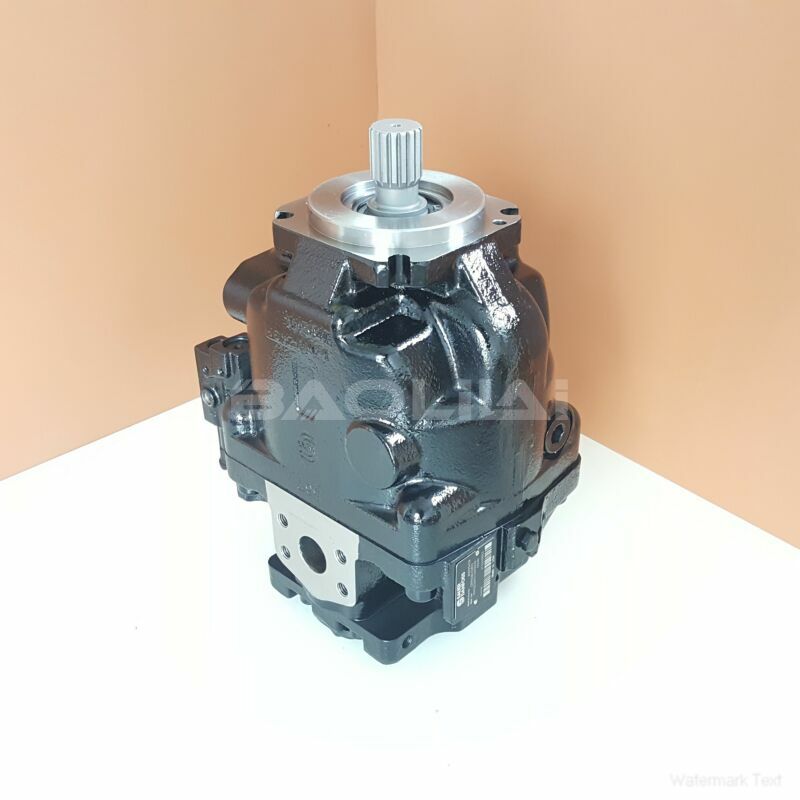ERR130BLS2225NNN3S1BPA1NNNNNNNNNN hydraulic oil pump
ERR130BLS2225NNN3S1BPA1NNNNNNNNNN hydraulic oil pump

- Product Details
- Applicable Scene
Hydraulic systems are the backbone of many large machinery operations, providing the necessary force to move equipment and materials. However, a common issue that can impede these systems is hydraulic pump pressure loss. This loss can lead to decreased efficiency and can even halt operations if not addressed promptly. Understanding how to troubleshoot pressure loss in hydraulic pumps is essential for maintaining smooth operations in fluid handling.
ER-R-130B-LS-22-25-NN-N-3-S1BP-A1N-NNN-NNN-NNN
ERR130BLS2225NNN3S1BPA1NNNNNNNNNN
Identifying Pressure Loss Symptoms

83064170
Before diving into troubleshooting, it’s crucial to recognize the symptoms of pressure loss in a hydraulic system. Common signs include:
Decreased machinery performance or sluggish operation.
Inconsistent or jerky movement of actuators.
Unusual noises, such as whining or grinding from the pump.
Sudden drops in the hydraulic gauge readings.
Step-by-Step Troubleshooting Guide
Check the Hydraulic Fluid Level: The simplest and most immediate step is to check the hydraulic fluid level in the reservoir. Low fluid levels can lead to air entering the system, causing pressure loss.
Inspect for Leaks: Leaks in hoses or fittings can result in significant pressure loss. Inspect all hydraulic lines, seals, and joints for any signs of leakage. Pay special attention to connections that may have loosened over time.





